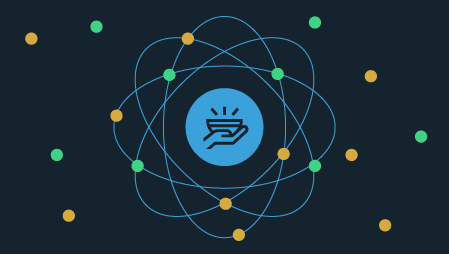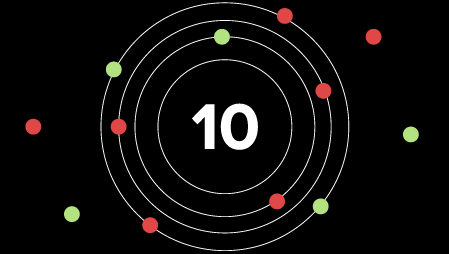Worldwide, manufacturing operations were poorly hit during the global pandemic. Nevertheless, COVID-19 also turned out to be a pivotal moment for the industry. Leading players are bringing about some radical changes, including smart manufacturing, to redefine value chains and remain resilient during crises. Even before the pandemic hit, industry 4.0 had been bringing sweeping changes across manufacturing functions. With COVID-19, manufacturing organizations were compelled to deal with the new realities, which are vastly different from the old normal. To stay ahead of the competition and stay relevant in a highly volatile market, manufacturers must remain agile, make their supply chains flexible and resilient and adopt digital technologies in unprecedented ways.
The global disruption and industry 4.0 together are now driving a new wave of modernization in the sector. Smart manufacturing technologies are transforming factory floors, supply chains, customer & employee experience and partnerships on an ongoing basis.
Here’s looking at top trends that will further accelerate adoption of smart manufacturing globally.
Industrial IoT (IIoT) will see higher adoption: If numbers are anything to go by, smart manufacturing will increasingly leverage IIoT in a number of ways to improve industrial processes. According to reports, more than 50 percent of industrial enterprises will use IIoT platforms by 2025, a huge leap from the mere 10 percent that adopted the technology in 2020. IIoT will be a critical focus as manufacturers shift their focus from linear transactions that prioritized cost and efficiency to effectiveness and customer value.
IIoT will be the cornerstone of organizations’ modernization journey, as it will drive a more holistic and sustainable approach to deliver new customer experiences. It will also allow industrial organizations to extend and enhance their IoT use cases and facilitate seamless IT-OT convergence, which is considered the next big wave in manufacturing.
Enhanced AI/ML use cases to drive predictability and efficiency: The global disruption has had manufacturers relooking at demand forecasting, production-, supply- and logistic- planning. Instead of using traditional data sets that only derived restricted insights, manufacturers will increasingly leverage advanced automation technologies such as AI/ML and predictive analytics to optimize planning. This will mean that firms will leverage external data sets encompassing the entire value chain of suppliers, customers, or even weather forecasters. A combination of ML-based tools and IIoT will be leveraged significantly in areas of process improvement, production, quality control and security.
Additive manufacturing to become true industrial manufacturing technology: COVID-19 has proven to be a true turning point for additive manufacturing or 3D printing technology. Manufacturers across the globe used the power of 3D printing to invent new products quickly, manufacture on-demand and most importantly, manufacture locally at times when supply chains were badly hit. One of the biggest advancements in the additive manufacturing process is the infusion of machine learning which is bringing a data-driven approach to 3D printing and opening up more matured use cases. Digital twin is another trend that is set to revolutionize 3D manufacturing.
In the long run, smart manufacturing is taking 3D printing beyond prototyping and leveraging the true potential of the technology as a more sustainable manufacturing approach.
Digital technologies to Aid the New Normal in Manufacturing: Remote work and collaboration was a new shift that the manufacturing sector had to get accustomed to. As an industry for which remote working was an alien concept, manufacturing sector had to do significant alterations to the way it worked so far. In the new normal, firms have to ensure that noncritical employees can continue to work remotely, while critical employees are provided with safe working environments. As a result, firms will extend their investments beyond collaboration, physical distancing and location-tracing technologies. For example, there will be an increased uptake in technologies such as machine vision algorithms and wearables for employees.
Manufacturing firms will also invest in process automation technologies to improve efficiencies. At the same time, Cloud will continue to be a strategic area of investment to drive digital transformation and all these modernization initiatives in the sector. In 2021, the manufacturing industry is expected to outpace average cloud adoption rate as firms strive to stay agile and resilient. Smart manufacturing is all set to be the new normal for the industry in 2021!




